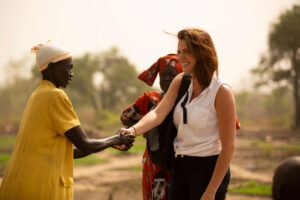
Obakki – A Purpose-Led Lifestyle Brand and Foundation
Founder Treana Peake, supports artisan partnerships and funds development work through the Obakki Foundation.
China
Mood of Living July 27, 2015
Childhood friends Liza Serratore and Claire Russo established LuRu Home in 2010 during their stay in Shanghai, China. Born in Louisville, KY, Serratore attended Elon University to study textile art and business. Russo, born in Milford, CT, studied soft sculpture at Brown University. After learning the art of Nankeen dyeing from Shanghai artisans, the dynamic duo’s natural sense for design took off. LuRu, a textile company known for its beautiful home statement pieces, uses vintage textiles from Asia and indigo dyes on Nankeen fabrics. Serratore and Russo are inspired by traditional Chinese designs when creating their pieces, which provide a wonderful complement to the modern technique that they implement.
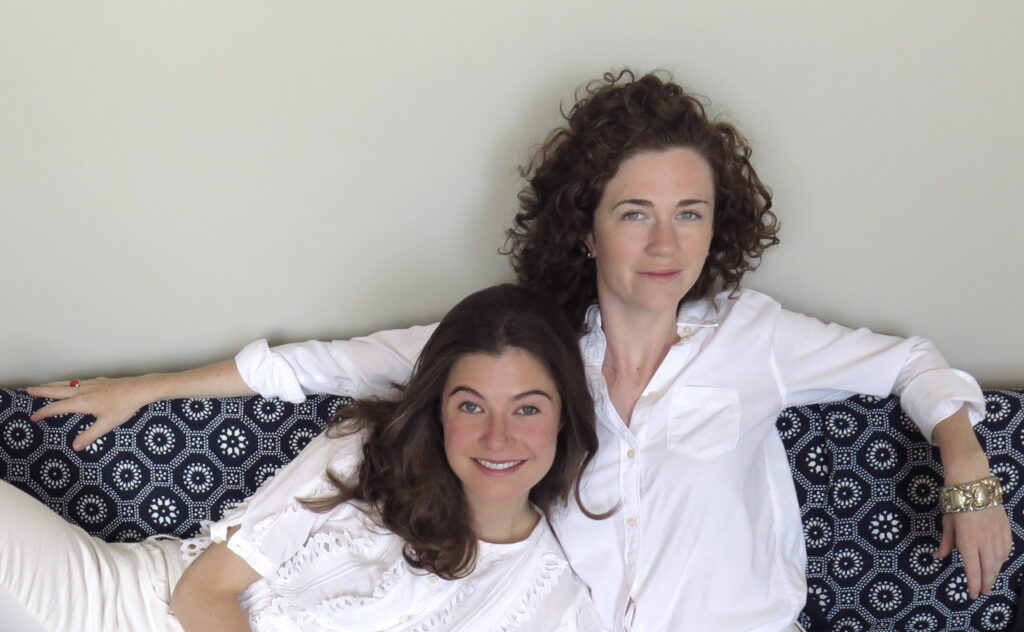
Claire (Left) and Liza (right)
Mood of Living: Before your current occupation you were:
LuRu: Claire taught IB Art at an international boarding school in Northern Thailand, while Liza spent time teaching in Shanghai.
MoL: What inspired both of you to move to China in the first place?
L.R: Jobs brought us to Asia, but the rich culture and wonderful people we met along the way kept us there.
MoL: Are you still in China, or living somewhere else?
L.R: After six years in China, Liza has just moved to San Francisco. Claire heads up our main office in Brooklyn and our talented assistant Chloe manages Shanghai activity. We’re both back and forth to China quite frequently.
MoL: How did you have the courage to start a business in a foreign country?
L.R: We broke it down, and took one step at a time. We enrolled in Mandarin classes, spoke to as many people as we could about business development, and began visiting fabric workshops in the region.
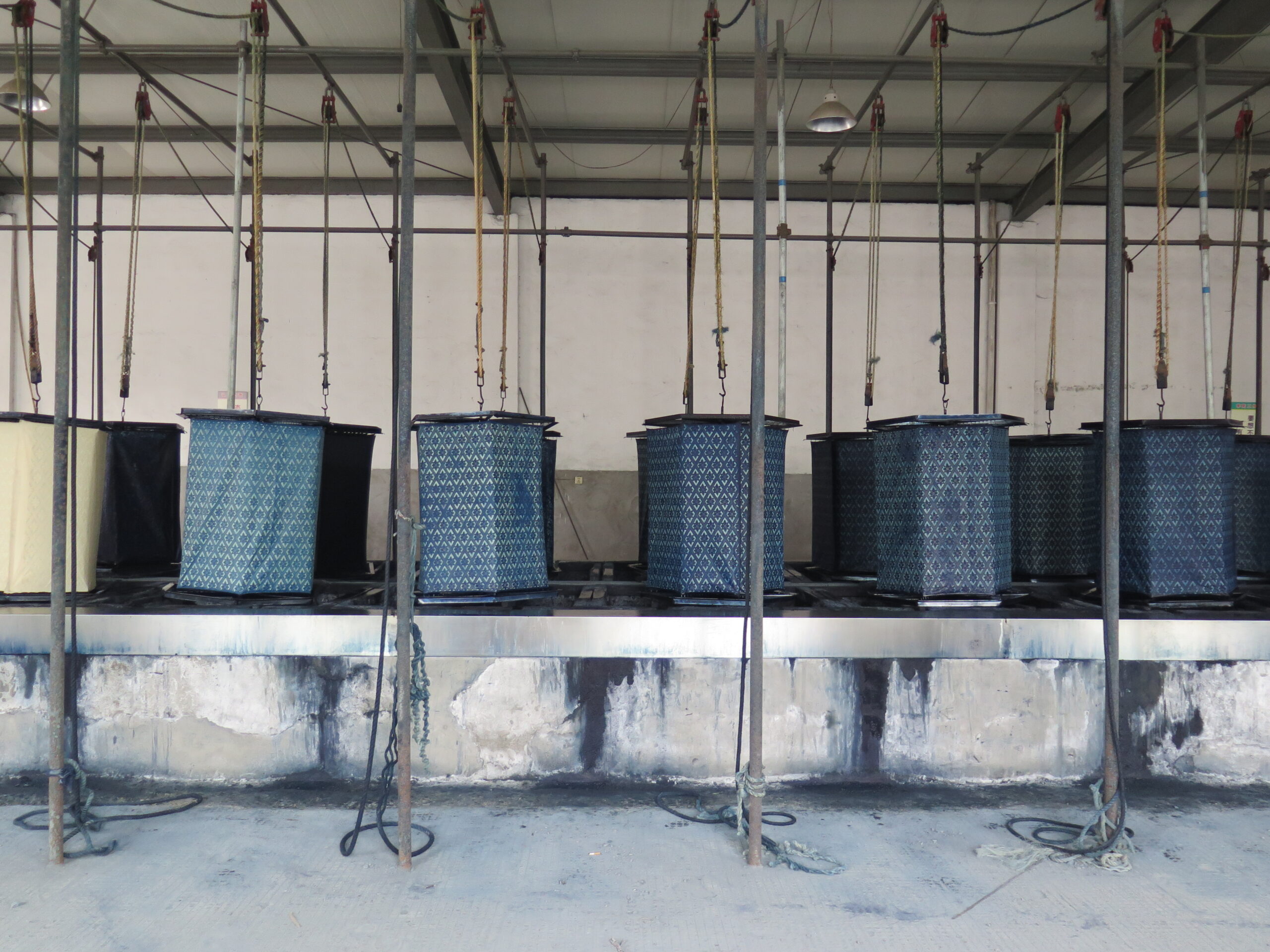
MoL: Where did you learn your craft?
L.R: Liza studied textile art and business, Claire studied soft sculpture, and between us we have a sense for design, proportion and balance in textiles. We learned about Nankeen dyeing from the Shanghai artisans and art historians with whom we now collaborate on our design and dyeing.
MoL: Describe Nankeen fabrics and dyeing.
L.R: The Nankeen dyeing technique, dating back 3,000 years, is native to China’s Jiangsu province. Known also as Blue Calico, it’s still practiced traditionally today in a handful of small workshops. Using hand-cut paper screens, soybean paste thickened with lime, and natural indigo dye, artisans print contemporary versions of ancient patterns on locally-grown cottons and linens. Typical motifs convey good luck, prosperity and health; even the simplest print is full of symbolism. Historically, Nankeen cloth has played important roles in both daily life — clothing and bedding — and in ceremonial events at birth celebrations, marriages, and funerals. Nankeen dyeing has recently become the first textile craft nominated to China’s renown Intangible Cultural Heritage list by the Ministry of Culture — a big honor for a humble tradition.
MoL: What are the benefits of indigo dyes?
L.R: The benefits of indigo dyes range from environmental to unusual. The process requires zero electricity and indigo dyed fabrics are said to ward off insects, hence the popularity of Nankeen fabric among field laborers and rice farmers over the past few centuries.
MoL: Where do you look for inspiration?
L.R: We look to traditional Chinese print design. Nankeen was – and is – a fabric of the people, a durable, much-used staple among working class families. The motifs imbue each piece of fabric with meanings pertinent to the owner or recipient and serve as our primary inspiration. We also look more widely to the spiritual and decorative trends in 19th and 20th century Chinese design.
MoL: What was your “aha” moment when you realized you could really do this?
L.R: When decorating our shared apartment in Shanghai, Claire came across a small shop packed with indigo Nankeen cottons and linens. More than an “aha” moment, we’ve actively chosen and continue to choose to do this. In running our own business we experience sweet victories and frustrating setbacks weekly, but we’re steadfast in our commitment. Our mindset is let’s make things happen, let’s make this traditional fabric relevant.
MoL: How did both of you define your job responsibilities while working as friends?
L.R: At first we did everything together. It was fun, but it wasn’t sustainable. When we realized this, we played to our strengths. Claire is a people person, so outreach fell to her. Liza loves details so production became her domain. We design as a team.
MoL: Do you have a hobby?
L.R: Liza loves to cook Chinese food. It began as a general passion for street food and escalated when she purchased Fuschia Dunlop’s cookbook, Every Grain of Rice. Claire is currently dabbling in the art of brewing Limoncello, a throwback to her Italian roots.
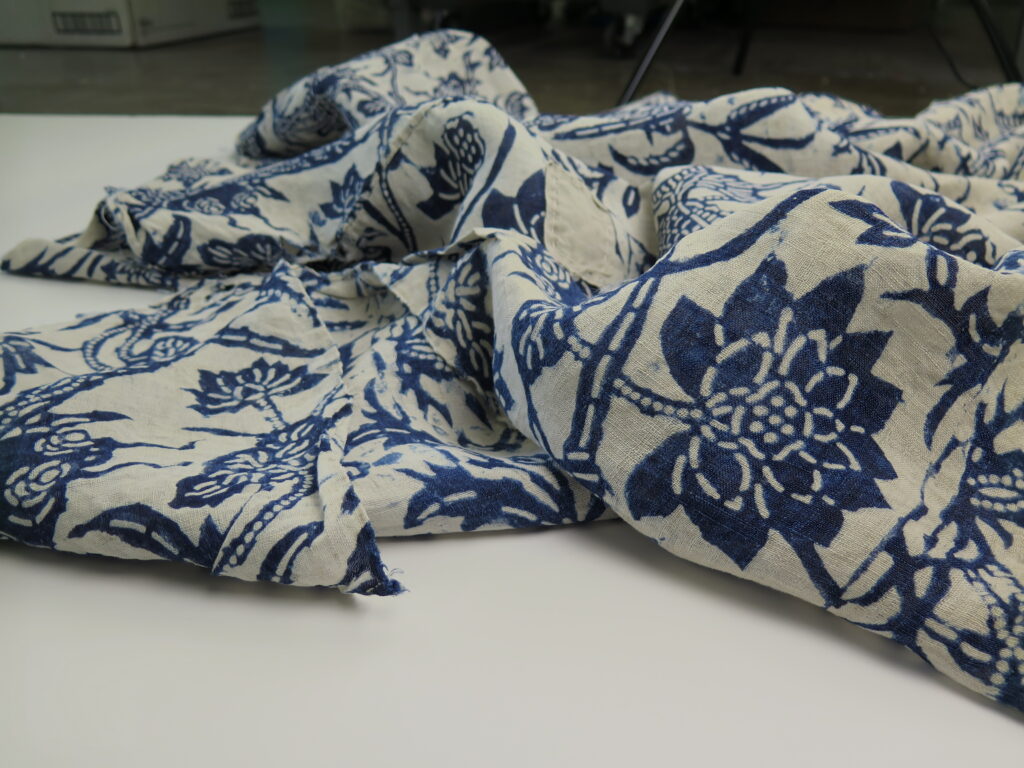
MoL: Who is an influential figure in your life?
L.R: Our fathers are both small business owners. Their hard work and encouragement have been significant influences.
MoL: What is the best advice you’ve ever received? From whom?
L.R: The best advice we’ve received hasn’t come from one person, but rather a collective. Being open, honest, and friendly has fostered the kind of relationships from which thoughtful advice is born. In Shanghai we teamed up with two other female entrepreneurs in a group we nicknamed The Fempire. We met weekly sharing advice.
MoL: If you could have a conversation with any living person, who would it be and why?
L.R: Carol Cassidy, founder of Laos Textiles. Her work is extraordinary; she has brought Laos weaving traditions to a global stage and helped to sustain this heritage.
MoL: Where do you go for peace of mind and spirit?
L.R: Block Island, Rhode Island. That’s where we met, when we were 15, working summer jobs. Now, visiting Block Island is where we recharge with family and friends.
MoL: We find that people who make beautiful things are more likely to lead an artistic lifestyle. Do you spend much time creating a beautiful home?
L.R: Our homes boast an assortment of curiosities amassed while living in Asia – a copper cup collection from India, an assortment of wooden mooncake molds and mix and match ceramics from China, bespoke clothing, and of course, textiles galore. We love a good party too. Folk on Spokes, a bicycle event for Liza’s birthday, and Sad Songs and Strong Cocktails are two of the best we’ve had.
MoL: In 10 years, what are your goals for LuRu?
L.R: Our goal is to become an established textile house. We’d like to be to Chinese fabrics what Jim Thompson is to Thai silk, pulling together the best of traditional techniques, storied motifs and historic and contemporary printing technologies to create a well-rounded line of home furnishings.
MoL: Do you plan on eventually opening up your own brick-and-mortar?
L.R: No plans at the moment. We currently work with two fabric showrooms covering both US coasts, Studio Four in NYC and Nicky Rising in LA.
MoL: What is something you know now that you wish you knew before?
L.R: We wish we had known that things don’t always have to be perfect. Some of our best print design decisions have come from showing a designer something in progress, only to be told it was complete!
MoL: What advice can you give anyone interested in starting his/her own business?
L.R: If you intend to pursue a passion through business, recognize your relationship with it may change. This transformation is not a bad thing, but it’s something to be aware of.
MoL: What would you say is the hardest part of having your own business?
L.R: We think it’s like having a child. You don’t sleep a lot, but you love every minute.
Photography courtesy by LuRu

Founder Treana Peake, supports artisan partnerships and funds development work through the Obakki Foundation.
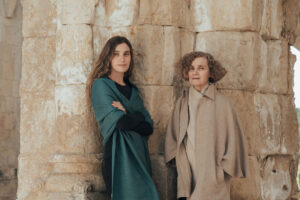
ÁBBATTE creates handmade textiles in Spain on the grounds of a 13th -century Cistercian monastery in the town of Segovia.
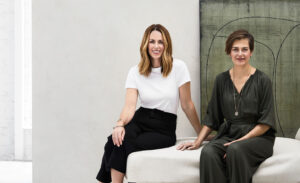
Driven by ethics as well as aesthetics, the Armadillo design studio creates rugs that are made with natural materials and sustainable processes.